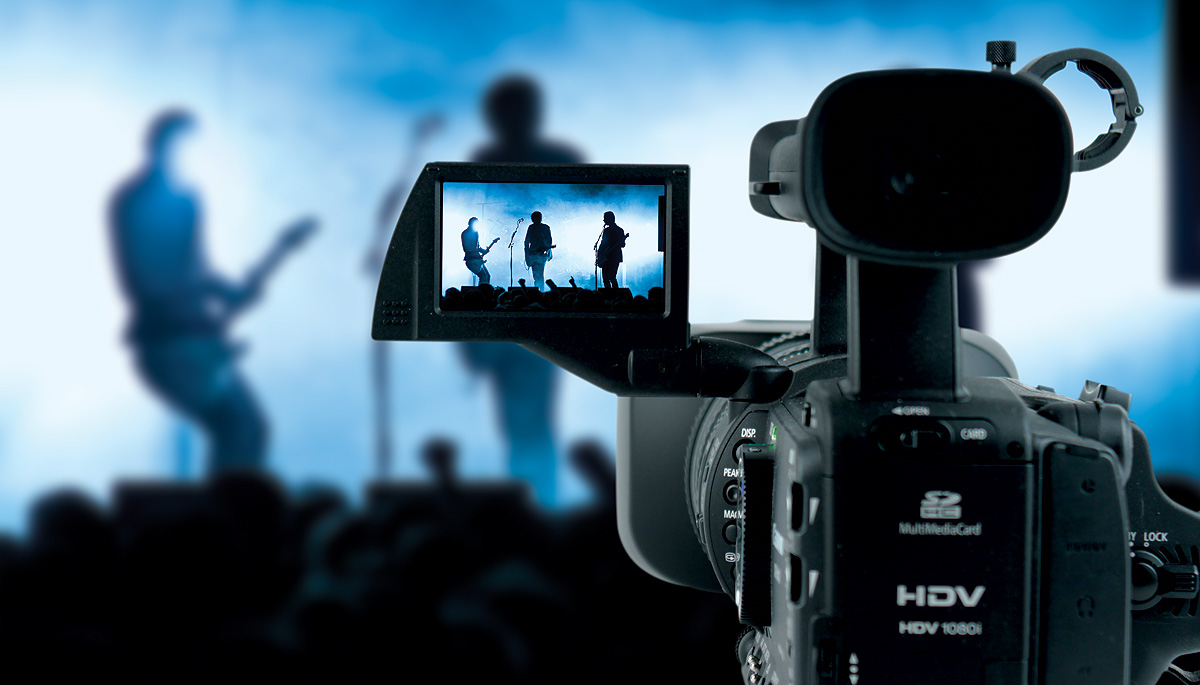This is part 2 of our blog on shooting your first band video. Click here for Making Your Own Band Video (part 1).
5) Be clear with everybody about EVERY detail of the shoot. Trust me, leave NOTHING to chance. If your sax player played soprano on a track you’re shooting, but normally plays tenor, make sure you have that conversation – “you know you’re bringing the soprano to the shoot as well as the tenor, right?”. This will save wasting (costly) hours of shooting time and cab fares (assuming you’re shooting in the band’s home town) waiting for the correct instrument to be sent. You KNOW I’m speaking from experience, right! 😉
6) What to wear. Unless the band has very aligned ideas style-wise, or costumes you regularly wear to gigs, leave nothing to chance here. Discussion before the shoot is essential when making your own band video. Don’t expect people to read emails properly, make sure you have a personal conversation with everyone involved. I made the entire band email me ‘selfies’ of themselves in their proposed costume, which helped to co-ordinate our look much better and also put my own mind at ease leading up to the shoot.
If visuals/styling isn’t your strong point, try to involve another band member or someone in your network who thinks more along those lines. I work alongside one of the band’s singers who has a very strong sense of fashion and a fabulous wardrobe to boot! If you don’t have an immediate idea of what the band should be wearing, it’s a good idea to do some surfing to find out what other bands in the same genre are wearing. I tried to plan our look around Nu Jazz/Hip-Hop/Jazz musicians in the 50s and 60s and then tweaked it for our age group. ‘The older you are, the smarter the look’ is a good general rule.
7) Research lighting for films well in advance of the shoot. If you’re unable to get access to a lighting rig beforehand, I recommend watching a LOT of You Tube tutorials to understand the basic concepts. Plan as much as you can what kind of lighting you’re after for each segment and try to get into the studio as far in advance as possible (I recommend a minimum of 2 or 3 hours before the shoot) to play around with different lighting effects. If you get the lighting right from the get go it will pay dividends when you come to editing.
If you’re hiring your own lighting (we did), try to glean as much as you can from the hire company – there’s always some good insight or invaluable nugget of information which comes from people who are working professionally every day in their given discipline. Be well researched in advance, so you know what to ask.
Please follow this link for part 3. If you liked this blog, please head to our ‘subscribe‘ page and join our mailing list. You’ll be kept up to date with new posts, offers exclusive to members and free goodies such as tickets to gigs, mp3s etc.
